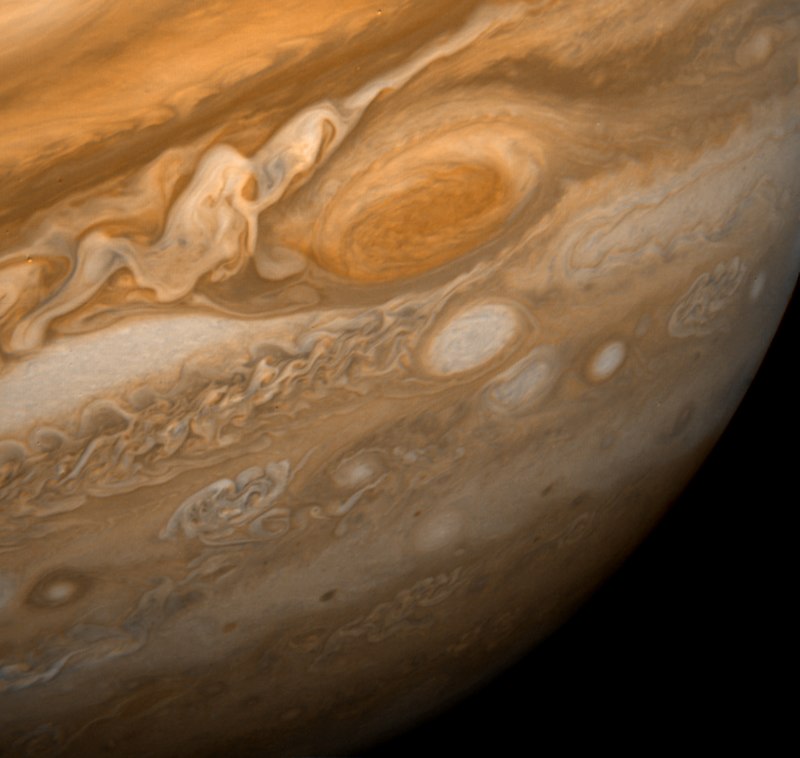NASA's JWST Reveals Extreme Gravitational Lensing of Abell S1063

The James Webb Space Telescope (JWST) has unveiled its most extreme gravitational lensing effect to date, showcasing the massive galaxy cluster Abell S1063, located approximately 4.5 billion light-years away. Through an extensive observational campaign spanning 120 hours and utilizing nine distinct wavelength filters, JWST has provided an unprecedented view of this colossal structure, revealing intricate details that were previously invisible to earlier telescopes, such as the Hubble Space Telescope.
Gravitational lensing occurs when a massive object, such as a galaxy cluster, bends and distorts the light from more distant galaxies behind it, allowing astronomers to study their properties and distributions. Abell S1063, which contains around one quadrillion solar masses, exemplifies this phenomenon with both strong and weak lensing effects. According to Dr. H. Atek, an astrophysicist at the European Space Agency and a member of the JWST team, "The observations allow us to peer deeper into the universe, unveiling features of distant galaxies that we could only dream of seeing before."
The JWST’s capabilities surpass those of its predecessors, with its infrared sensitivity enabling it to capture details across a broader spectrum. The telescope's observations reveal not only the effects of lensing but also the complex interactions within the cluster itself. As indicated by Dr. Michal Zamani, a researcher at NASA's Goddard Space Flight Center, "The data show us how foreground galaxies interact with the gravitational field of the cluster, enhancing our understanding of cosmic structure formation."
The implications of these findings extend beyond the immediate observations. According to a report published by the National Aeronautics and Space Administration (NASA) in July 2023, gravitational lensing provides critical insights into dark matter distribution and the evolution of galaxies. The ability to observe lensed objects also aids in the study of the universe's expansion rate, which remains a subject of intense debate among cosmologists.
The images generated from the JWST’s observations of Abell S1063 have revealed multiple instances of gravitational lensing, including arcs and multiple images of the same background galaxies. This visual complexity allows astronomers to map the mass distribution of the cluster with remarkable precision. Dr. R. Endsley, a prominent researcher in astrophysics, emphasizes the significance of these observations: "The ability to visualize these lensing effects enhances our understanding of both the large-scale structure of the universe and the fundamental physics governing it."
As the scientific community continues to analyze the data gathered from the JWST, it is anticipated that these findings will have profound impacts on multiple fields, including cosmology, astrophysics, and even fundamental physics. The future of astronomical research is being reshaped by the capabilities of JWST, and the study of Abell S1063 is just one example of its potential. Looking ahead, researchers expect to leverage this data to explore further the nature of dark matter and the early universe.
In conclusion, the JWST's observations of Abell S1063 mark a significant milestone in the field of astronomy, offering a clearer glimpse into the workings of our universe. As Dr. Ethan Siegel, a noted astrophysicist and science communicator, succinctly puts it, "These discoveries not only reveal the beauty of the cosmos but also deepen our understanding of the fundamental principles that govern it." With continued observations and research, the JWST stands poised to uncover even more mysteries hidden in the depths of space.
Advertisement
Tags
Advertisement





